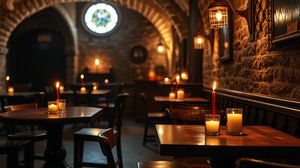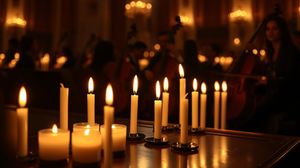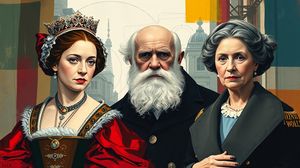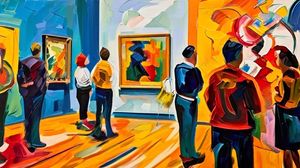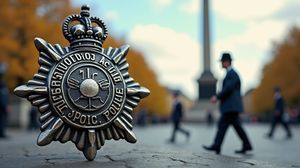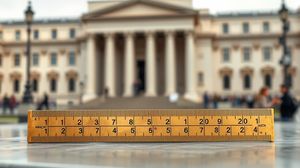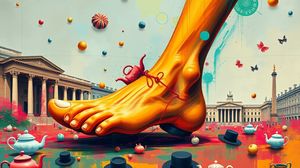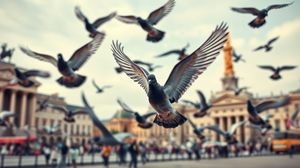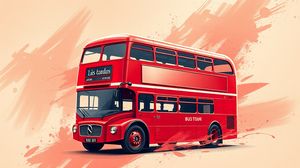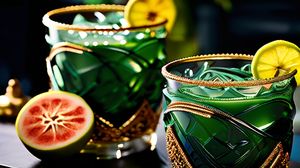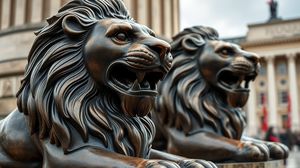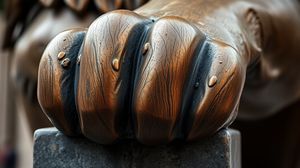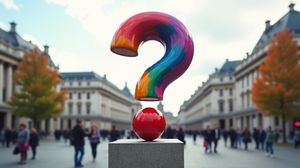
The Edith Cavell Statue, located in St Martin's Place, Westminster, pays homage to the brave British nurse known for her heroism during World War I. Edith Cavell is celebrated for saving the lives of soldiers from all sides without distinction and helping over 200 Allied soldiers escape from German-occupied Belgium. The statue stands as a tribute to her courage, sacrifice, and humanitarian contributions.
Unveiled in 1920, the statue was sculpted by George Frampton, a renowned British sculptor of the early 20th century. The statue features an epitaph that reads, "Patriotism is not enough. I must have no hatred or bitterness for anyone," words spoken by Cavell herself shortly before her execution by German forces in 1915. This underscores her commitment to compassion over conflict.
Interestingly, the statue stands near the National Portrait Gallery and Trafalgar Square yet manages to maintain a solemn atmosphere, offering visitors a reflective spot amidst the hustle and bustle of London's West End. Its prominent position allows for easy visibility and access for those wishing to pay their respects to the notable figures of history.
A fact that might surprise some is that the statue occasionally draws floral tributes from anonymous admirers and visitors on significant anniversaries related to Cavell's life, demonstrating her lasting impact on the public conscience. The bronze statue, with a granite base, has been a Grade II listed structure since 1970, ensuring its preservation for future generations.
The monument has been a focal point for events commemorating Cavell's contributions and for discussions on broader themes such as women's roles in wartime and the moral complexities of conflict. It is a key part of London's historical narrative and a poignant reminder of the cost of war and the power of human empathy.

Making the Most of Your Visit:
Take a moment to observe the epitaph beneath the statue. It's a powerful quote that's central to understanding Edith Cavell's philosophy and her lasting legacy of compassion and empathy during wartime.
If you're visiting in October, especially around the 12th, look out for floral tributes. This day marks the anniversary of Cavell's execution and often draws visitors who lay flowers in her memory.
The statue can be easy to miss amidst the hustle and bustle of the area, so be sure to slow down and enjoy a few moments of reflection here. It's a touching spot, providing a quiet space away from the crowded paths of Trafalgar Square.
For those interested in the history of sculpture, note that the statue was crafted by George Frampton, who also created the famous Peter Pan statue in Kensington Gardens. His work here is equally evocative and worth appreciating for its artistry.
Consider reading a bit more about Edith Cavell before your visit. Understanding more about her life and actions gives a deeper meaning to the experience, transforming your visit from a quick stop into a poignant encounter with history.

Visiting Times & Costs:
The Edith Cavell Statue is open to the public 24 hours a day, all year round. As it is a public monument located outdoors, there is no entry fee, making it an accessible site for everyone interested in paying tribute to Edith Cavell and reflecting on her legacy.
Accessibility considerations are significant given its location in a busy urban environment. The area around the statue is generally accessible for those with mobility impairments, but visitors should be mindful of potential obstacles in the bustling surroundings. There are no specific facilities on-site, such as restrooms or seating, as it is primarily a standalone monument.

Address & Map:

Nearby:

